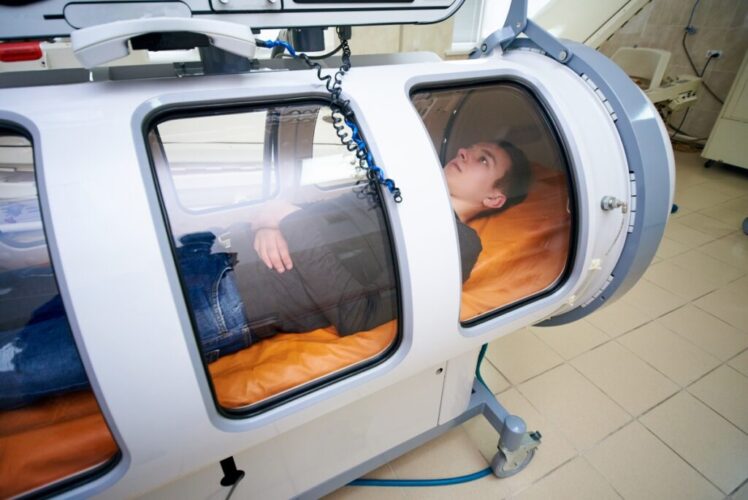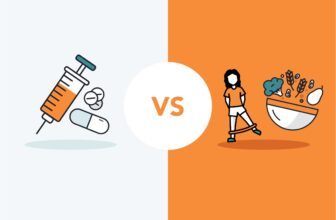Hyperbaric Chambers and Injuries: Separating Fact from Fiction in Recovery

In the realm of injury recovery, hyperbaric oxygen therapy (HBOT) is a topic surrounded by intrigue and misconceptions. This treatment involves breathing pure oxygen in a pressurized chamber, a concept that might seem like science fiction to some. However, its application in medicine is both practical and scientifically grounded. This article aims to shed light on the real benefits and limitations of hyperbaric chambers in the context of healing injuries, providing clear insights for anyone looking to make informed decisions about their recovery options.
Understanding Hyperbaric Oxygen Therapy

Source: abilities.com
Hyperbaric oxygen therapy (HBOT) is not a new concept; it has been used for decades to treat decompression sickness among divers. Recently, its application has expanded to include wound healing and treating various medical conditions. But what does this mean for injury recovery?
HBOT involves lying inside a hyperbaric oxygen chamber, where the atmospheric pressure is increased up to three times higher than normal. This allows your lungs to gather more oxygen than would be possible at normal air pressure. The blood carries this oxygen throughout your body, helping to fight bacteria and stimulate the release of substances called growth factors and stem cells, which promote healing.
For those residing in or near California, seeking treatment at hyperbaric chambers Los Angeles can provide accessible options for incorporating this therapy into their recovery plan. Los Angeles is home to a number of reputable facilities offering HBOT, making it a convenient choice for individuals looking to explore this form of therapy. By choosing a facility specialized in hyperbaric medicine, patients can receive tailored treatment plans that address their specific needs, enhancing the likelihood of a swift and effective recovery.
Separating Fact from Fiction
There are many claims about the miraculous healing powers of HBOT, but it’s crucial to separate the scientifically supported facts from the overblown myths. Understanding what HBOT can and cannot do is key to evaluating its usefulness in your recovery regimen.
Research supports the use in treating certain conditions, such as diabetic foot ulcers, certain types of infections, and wounds that are slow to heal. It is also FDA-approved for these uses. The high levels of oxygen delivered to the tissues under pressure can significantly enhance wound healing and fight infection.
Making Informed Decisions

Source: atlantahyperbariccenter.com
When considering HBOT for injury recovery, making informed decisions based on accurate information is crucial. Consulting with healthcare professionals who have experience with HBOT can provide insights tailored to your specific situation.
HBOT might be a viable option if you’re dealing with a wound that is not healing as expected, particularly if you have diabetes or an infection that is not responding well to standard treatments. It’s also worth considering conditions that have been specifically approved for HBOT treatment by regulatory bodies.
Conclusion
In conclusion, hyperbaric oxygen therapy offers a fascinating and effective approach to injury recovery for certain conditions. By understanding its benefits and limitations, you can make informed decisions about incorporating HBOT into your recovery process. Always seek advice from medical professionals to ensure that your recovery strategy is safe and effective.





